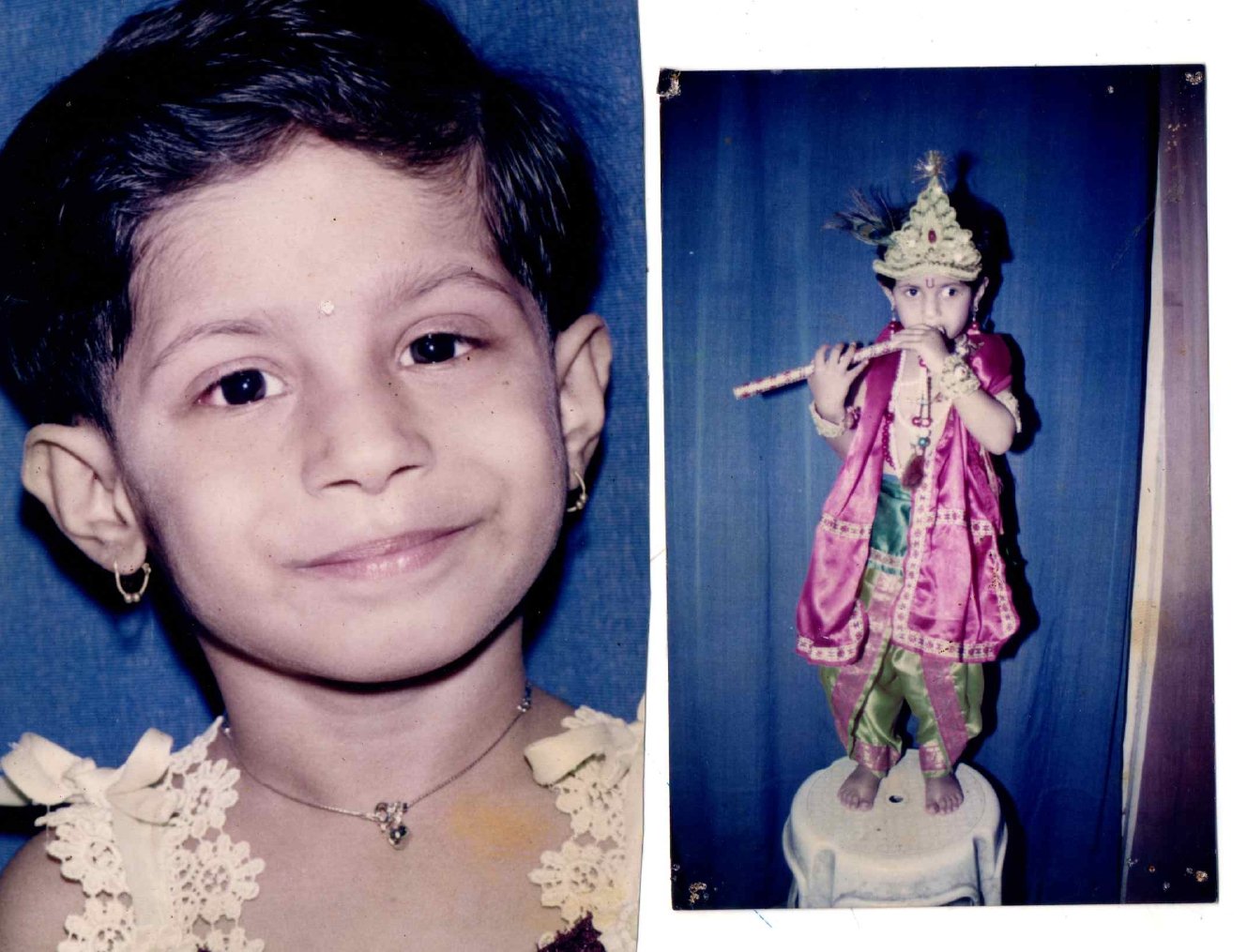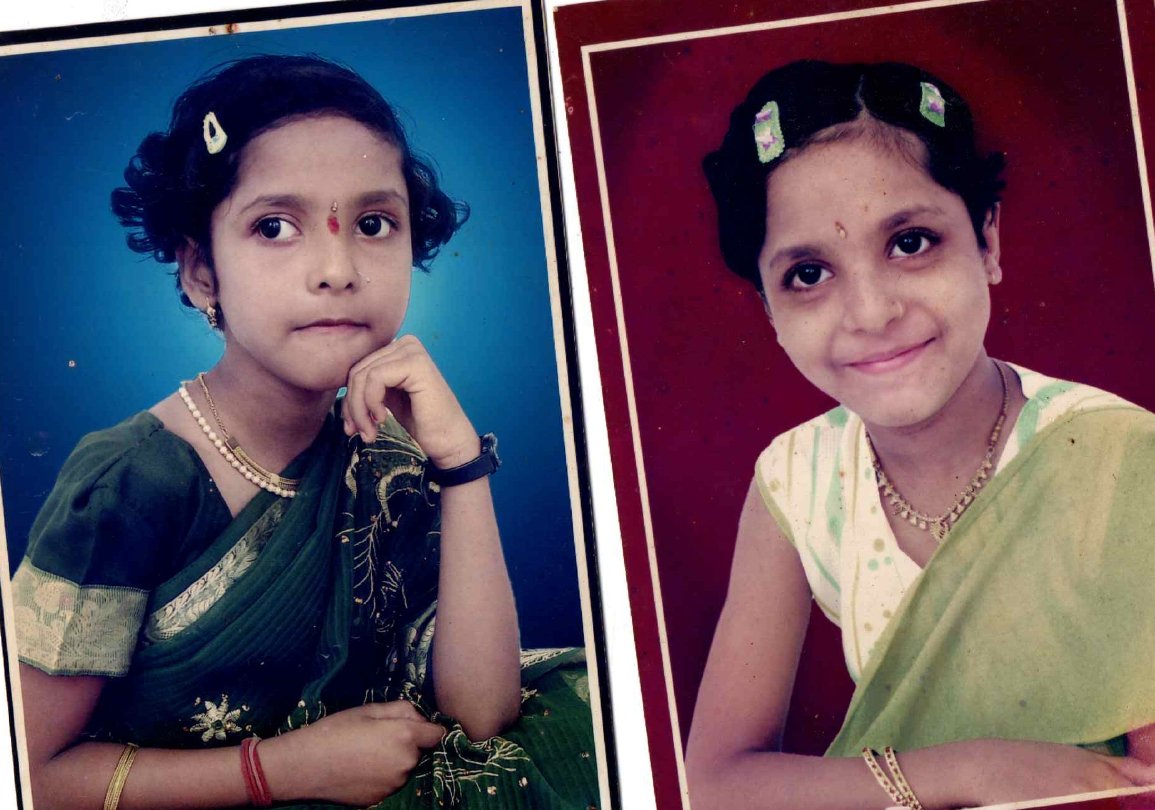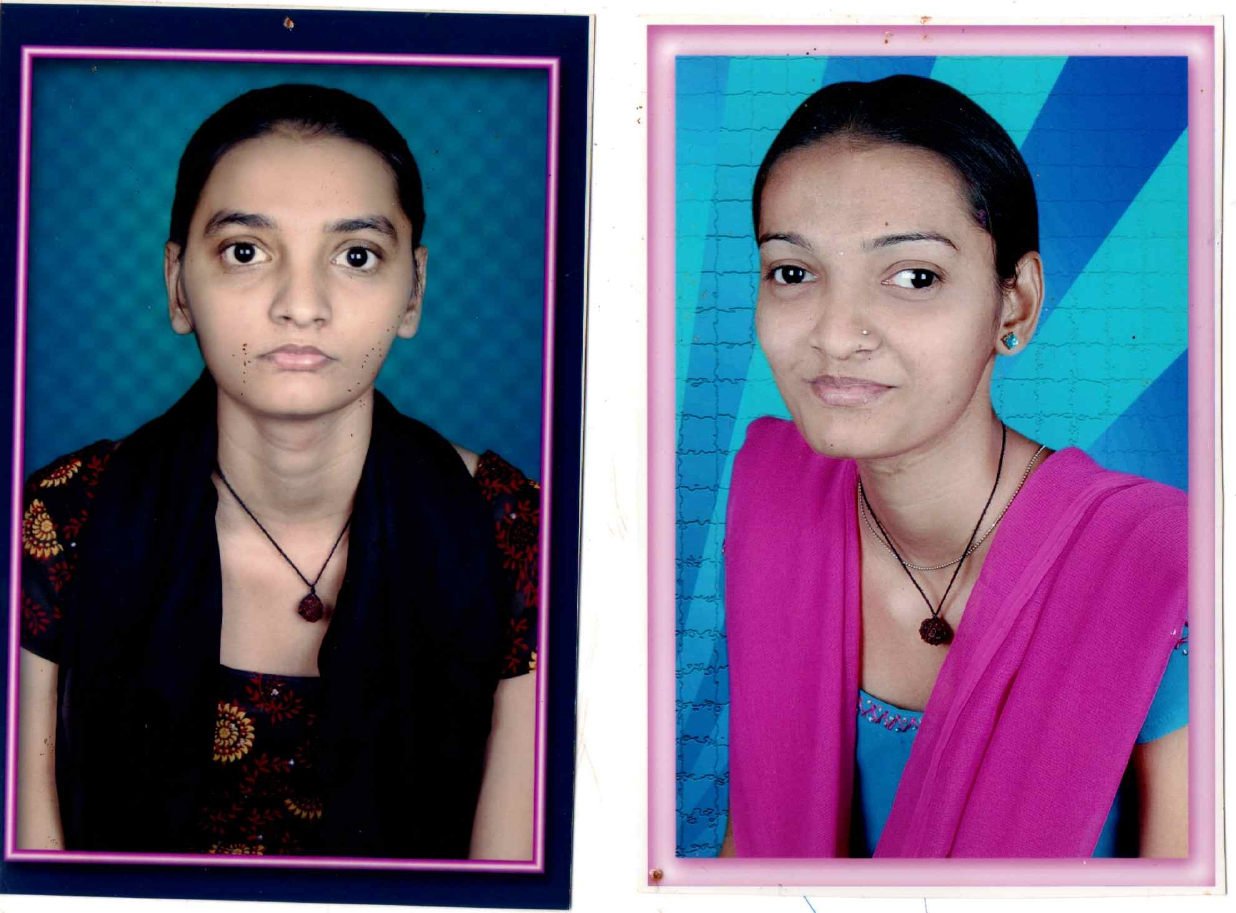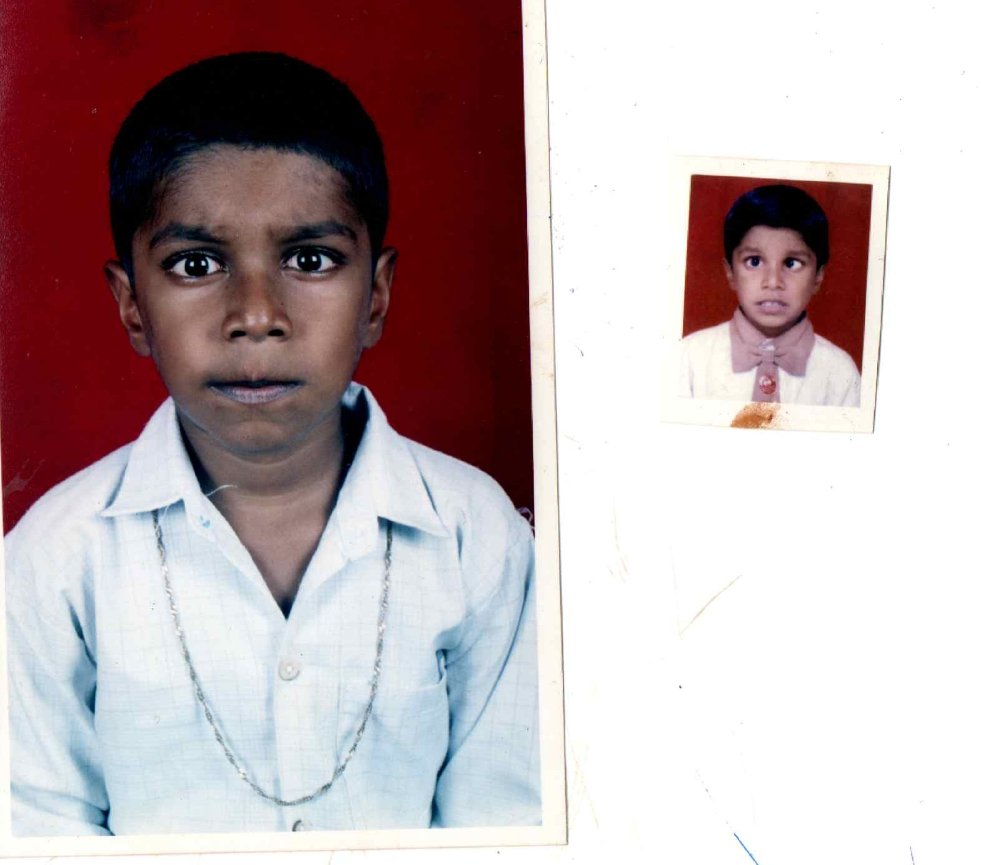What is a Squint Eye?

Often, we come across children or adults whose eyes do not look in one direction. Such individuals are the butt of jokes in many cultures and are called names. It impacts one’s self-esteem and social interactions. Medically, this eye condition is known as Squint or Strabismus. People with normal eyes see the same object with their eyes. With squint eyes, people look at two different things due to misaligned eyes. E.g., when the person looks straight ahead with one eye, the other eye could look inwards, outwards, upwards, or downwards. We notice squints in some children at birth. In rare cases, squint may develop later in life due to eye injury or some other illness that damages the nerves. Squint may be constant (always apparent) or intermittent (seen only at times, usually when tired).
What Causes Squint Eye?
Squint eye happens due to nerve damage or problem in the eye muscles. When some muscles around the eye are weaker than others, they cannot work together in sync. As a result, one eye looks at one object, while the other eye turns in a different direction and looks at another. The brain receives two signals, one from each eye, and ignores the message from the weaker eye.
The precise cause of squint is unclear. Yet, this eye condition may be due to malfunctioning of the brain in moving the eye muscles in a coordinated way. There is no defect in the eye muscles per se. The other causes leading to a squint can be refractive errors like long-sightedness, myopia, astigmatism, or unequal refractive error in both eyes. Besides,
- Some brain traumas may cause the eye to turn in. Check with the doctor if a child develops a sudden in-turning of the eye or any involuntary eye movements.
- Myasthenia gravis or Sixth Cranial Nerve palsy in children result in an abnormality of the eye muscles or their nerve supply leading to sudden onset of esotropia
- Trauma to the eye.
- Duane’s Syndrome.
- Strabismus Fixus.
- Previous Squint surgery.
- Decompensating squint, previously under control but now getting worse.
- Paralytic squint occurs suddenly due to hypertension or diabetes.
- Thyroid Eye Disease due to inflammation/swelling caused by scarring of the eye muscle. Once the inflammation has subsided, the doctor advises surgery if symptoms of double vision are present.
- Result of complication due to sinus surgery
- In the first few months after birth, the baby develops visual abilities to focus their eyes, move them accurately and use them together. When the brain does not receive proper visual impulses, amblyopia develops. And there is a loss of the 3D (binocular) vision.
What are the symptoms of Squint Eye?
The most common signs of squint eye are:
- Eyes that look in different directions at the same time
- Eyes that don’t move together
- Squinting or closing one eye in bright sunlight
- Poor peripheral vision
- Poor depth perception
What are the common risk factors for developing squint eye?
- Family History
- Refractive Error – People suffering from a significant amount of hyperopia (far-sightedness) are prone to squint their eyes because of the additional stress added to their eyes to see things.
- Medical Conditions – People who have suffered from a stroke or have conditions such as Down Syndrome or Cerebral palsy are at a higher risk of developing a squint eye.
What are the different types of Squints?
Squints are classified based on the direction in which the eye turns. Here are the four different kinds of squints –
- Esotropia – When the eye is turned inwards towards the nose, it is called esotropia.
- Exotropia – When the eye turns outwards, it is called exotropia.
- Hypertropia – When the eye looks upwards, it is called hypertropia.
- Hypotropia – When the eye turns downwards, it is called hypotropia.

Can squints be corrected?
There are various surgical and non-surgical treatments available to help the patient.
Non-surgical treatment
- Glasses
- Eye-patch on the other normal eye helps to train the squint eye to work better.
- Eye Exercises like pencil push-ups and barrel cards.
- Prisms: These are specialized glasses used to treat double vision of sudden onset. They can be used as a temporary measure and are fixed into the usual spectacles later. They can also improve the appearance of a squint in some patients where surgery is not an option.
- Botox injections
With proper treatment, we can reduce the risks of other eye complications.
Can surgery correct squint?
Yes. When none of the above treatment works, surgery is the last resort. Squint eye surgery can realign the eyes and restore binocular vision. Depending on the degree and direction of the eyes, the doctor will either tighten or loosen the eye muscles in one or both eyes. This surgery is conducted based on nomograms that are tables developed based on results of muscle surgery in thousands of eyes. Surgery for squint correction is available in Maa Nursing Home and NetraJyoti Eyecare Centre.
Before and After photos of our patients










